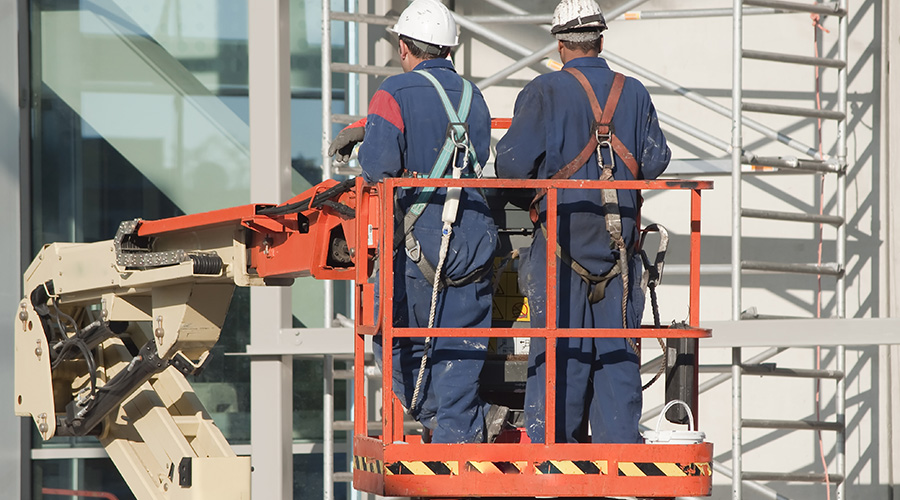Emergency Heating: Response Plan Strategies
Part three of a three-part article on emergency heating
Success, step by step
To avoid the costs and headaches that can result from a loss of heating, managers need to ensure their organization has an emergency preparedness plan that addresses emergency heating needs and options. Ideally, the organization will not need to use it, but in an event the unthinkable happens, managers and technicians will have a plan to follow. Here are the essential steps to ensure a facility continues to receive heat following an emergency:
• �Identify the most critical areas of a facility and those areas in which load shedding is an option.
• �Know how to alter the operations of facility equipment to provide heat to key areas until emergency heating equipment arrives.
• �Know the style of emergency heating equipment and its minimum and maximum capacities.
• �Specify the way these systems will be placed into a building and tied into existing systems, as well as where larger systems can be staged.
• �Make sure that if emergency heating equipment must be tied into an existing system, the plan includes the locations and numbers of needed spare parts in storage, as well as images of these parts.
• �Include contact information for equipment rental agencies.
• �Locate rental equipment dealers farther away from the facility than the primary rental source. In an emergency, equipment at nearby companies will be rented quickly, and it is better to have a backup equipment source six hours away than it is to wait for days for a local source.
• �Ensure essential staff is onsite to be trained on equipment installation and operation while it is being set up and brought online.
• �Use a staff schedule to ensure the system is properly monitored.
• �Know the fuel-consumption rates of the equipment so fuel deliveries can occur well before fuel runs low.
• �Create a demobilization plan for a smooth transfer of operations back to the original equipment.
Any event that requires the installation of emergency heating equipment is a hardship on facilities and departments. The best steps managers can take to ensure success in such situations are to ensure an emergency heating plan is in place and to review the plan before every heating season begins.
Scott Lance is a senior project engineer with Horizon Engineering Associates, www. horizon-engineering.com.
Related Topics:














